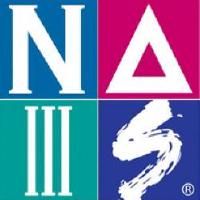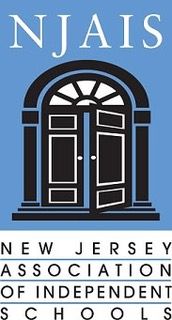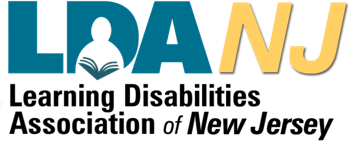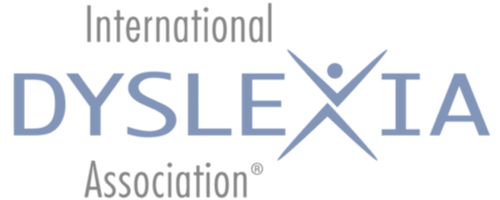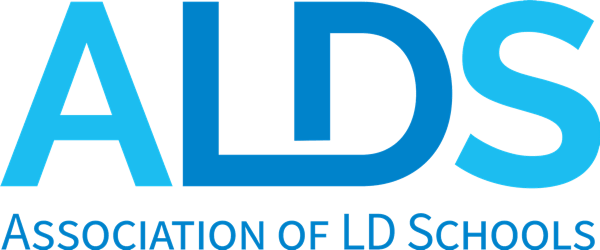The language arts curriculum is a sequential, systematic, multisensory method of instruction transferring the knowledge of sentence structure to paragraph and essay development of informational and narrative writing. Teachers guide students through the writing process beginning with brainstorming, followed by organizing their thoughts into sequential main ideas and supporting details for paragraphs and essays, then moving into a typed rough draft with the use of embedded assistive technology, and finally through editing with checklists and additional assistive technology. The curriculum builds from single to multi-paragraph essays, culminating with the ownership of the writing process to complete a five-paragraph essay using the standards-based structures of compare/contrast, descriptive, informative, procedural, persuasive, and narrative writing. In addition to the dimensions of spelling, oral language, listening comprehension, and writing, the National Reading Panel’s five critical components of reading instruction (phonemic awareness, phonics, fluency, comprehension, and vocabulary) are incorporated into the language arts curriculum and embedded throughout all subject matter, whether science, social studies, or math.
The reading curriculum at The Craig School is based on the Orton-Gillingham Approach. It is most properly understood and practiced as an approach, not a method, program, system, or technique. In the hands of a well-trained and experienced instructor, it is a powerful tool of exceptional breadth, depth, and flexibility.
The reading curriculum is individualized to meet each student’s needs and follows the logical order of language. It is based on concepts previously learned which are taught in a deliberate and direct manner with continuous student-teacher interaction. Instruction is based on on-going formal and informal assessment, moving the student to mastery, that is, reading with automaticity, fluency, understanding and with expression.
The reading curriculum may be described under the larger curricular umbrella of Structured Literacy which prepares students to decode words in explicit and systematic ways through the following concepts:
In addition to Orton-Gillingham Approach, the language arts and reading curricula uses Project Read Written Expression, Project Read Phonology, Project Read Linguistics, Wilson Reading System, Benchmark Word Identification, Lexia Phonics, Reading S.O.S., Lindamood Phonemic Sequencing (LiPS), Read Naturally, Great Leaps, Project Read Story Form, Project Read Report Form, Visualizing & Verbalizing, Note and Notice, Morphology, and Assistive Technology and educational software such as Read & Write, Learning Ally, Kami, and IXL.
The Craig School math curriculum is rooted in multi-sensory learning, using sequential and direct instruction. Students in 7th and 8th grades use Pre-Algebra and Algebra textbooks to supplement resource worksheets. Critical, logical and analytical reasoning is emphasized to prepare students for more advanced, high-level math in high school. The curriculum is complemented with project-based, hands-on, and multisensory learning activities.
The science and social studies programs are based on the New Jersey Student Learning Standards with a focus on the power standards. While planning, the science and social studies teachers at The Craig School use the grade level content to teach executive functioning and study skills. These skills include content vocabulary development, note-taking, time-management, prioritization, long-term assignment planning, test-prep, and research skills. Teachers are not only experts in their content areas, but are actively trained to incorporate reading, writing, and executive functioning skills into their lessons and units.
In science classes, The Craig School offers a general science curriculum at all grade levels, encompassing the essential elements of life, earth, and physical science. The goal in science is that all students learn the basic scientific principles such as cells, atoms, the laws of motion, ecology, and astronomy. All grade levels follow an inquiry-based science curriculum along with the pre-teaching of background knowledge and vocabulary.
The Craig School’s social studies classes take full advantage of 21st century learning to introduce and develop concepts. Social studies begins with a study of communities and community helpers, their home state, human origins, ancient civilizations, and culminates with US history. Included at each level are the studies of other cultures, civics, and diversity. As in the science classes, the goal in social studies is to lay the foundation for future coursework in high school including US and World History, ancient civilizations, and geography.
Curriculum in the content areas is designed specifically to meet the needs of students with language-based learning differences. As students who are often delayed in their reading development, they have not had the opportunities to encounter the background information and vocabulary their age-related peers have been exposed to through reading. Teachers make sure to pre-teach vocabulary and necessary background information. Students are taught that all learning is a process and starts with activating prior knowledge, this gives new information a place to be stored in the brain and lets the teacher address any possible misconceptions from prior experiences. The needs of students are also addressed in learning specific strategies for organization, note-taking, and study skills, as well as project planning and test-taking.
At the elementary and middle school level STEM is meant to inspire and motivate students. In addition, students are made aware of the career opportunities associated with the different STEM fields. The STEM program is housed in the science department where students are motivated to use the 21st-century skills employers and college administrators have deemed predictive of future success. Those skills being communication, collaboration, critical thinking, and creativity. Students practice these skills while completing STEM-based challenges, some of which have quickly become school-wide traditions, such as The Craig School’s annual pumpkin chunkin’ competition in the fall and Family STEM Night in the spring.
The Craig School is committed to ensuring students are prepared for the world they will enter. Environmental science continues to be a monumental concern and industry that infiltrates all fields and is one Craig School students are prepared for as they enter high school and start to think about their futures. Not the least of these environmental issues is that of sustainability. This is a topic that is not only directly taught with hands-on experiences in the School’s garden but is also infused into many aspects of the curriculum. While learning about types, transfer, and sources of energy, natural resources, human population trends, as well as advances in genetic engineering and agriculture, students are encouraged to think about their carbon footprint and environmental responsibility. These concepts are developed in many ways including research, discussions, current events, proposals, and projects.
For more information on ways of giving or to make a donation online you can clicking here.
